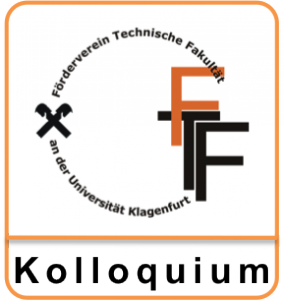Abstract
For decades now the computer revolution has been driven by trends of increasing CPU speed, digital storage capability, and network connectedness, all at reduced unit costs. The current technology wave is “mobile devices” such as iOS and Android smartphones and tablets. Today’s mobile device is more capable than yesterday’s desktop computer in virtually every way. Key to the success of the current tech trend is the ability to share data intelligently and for our devices to respond sensibly to our context: where we are, what we are doing, what our current needs are, and what we are likely to want or need next. You might be surprised by what your phone “knows” about you and can do for you! In this talk we will explore ways that mobile technology and the growing “Web of Data” are changing how we conduct business, consume entertainment, and use technology to make our lives better in a wide variety of ways. We will review trends both in the mobile marketplace and in the research community, including progress so far and future work that still needs to be done.
Bio
Dr. Stephen W. Liddle is academic director of the Kevin and Debra Rollins Center for Entrepreneurship and Technology at Brigham Young University an
d professor of Information Systems at the Marriott School of Management. Dr. Liddle teaches mobile app development and information systems analysis. Liddle has been a member of BYU’s business school faculty since 1995, after receiving his PhD in Computer Science from BYU. He has been active in the conceptual modeling community for two decades, and currently serves as treasurer of the steering committee for the ER Conference. Liddle’s research interests include conceptual modeling, software engineering environments and tools, data extraction, and e-business. He is particularly interested in mobile application development and applications of conceptual modeling, such as the use of ontologies in data extraction. His work has appeared in journals such as Data and Knowledge Engineering and the Annals of Operations Research, and in respected conferences such as the ER Conference and CIKM, among others. Besides authoring or co-authoring more than 50 refereed academic papers, Liddle is editor of numerous conference and workshop proceedings, and is co-author of the book E-Business: Principles and Strategies for Accountants. Liddle is a member of several advisory boards for tech startups in Utah, and has considerable experience in software development.

 Dieses TEWI-Kolloquium findet im Rahmen der
Dieses TEWI-Kolloquium findet im Rahmen der  Dieses TEWI-Kolloquium findet im Rahmen der
Dieses TEWI-Kolloquium findet im Rahmen der  During this presentation, I will give a brief introduction to RMIT University and our research activities in the Multimedia space. I will then consider two, connected research topics: Video Tagging in social networking environments and the Nav!t framework which allows social users to connect web content into tours for sharing and consumption. The presentation will be accompanied by demonstrations and videos of the applications.
During this presentation, I will give a brief introduction to RMIT University and our research activities in the Multimedia space. I will then consider two, connected research topics: Video Tagging in social networking environments and the Nav!t framework which allows social users to connect web content into tours for sharing and consumption. The presentation will be accompanied by demonstrations and videos of the applications. Dieses TEWI-Kolloquium findet im Rahmen der
Dieses TEWI-Kolloquium findet im Rahmen der 
 Dieses TEWI-Kolloquium findet im Rahmen der
Dieses TEWI-Kolloquium findet im Rahmen der